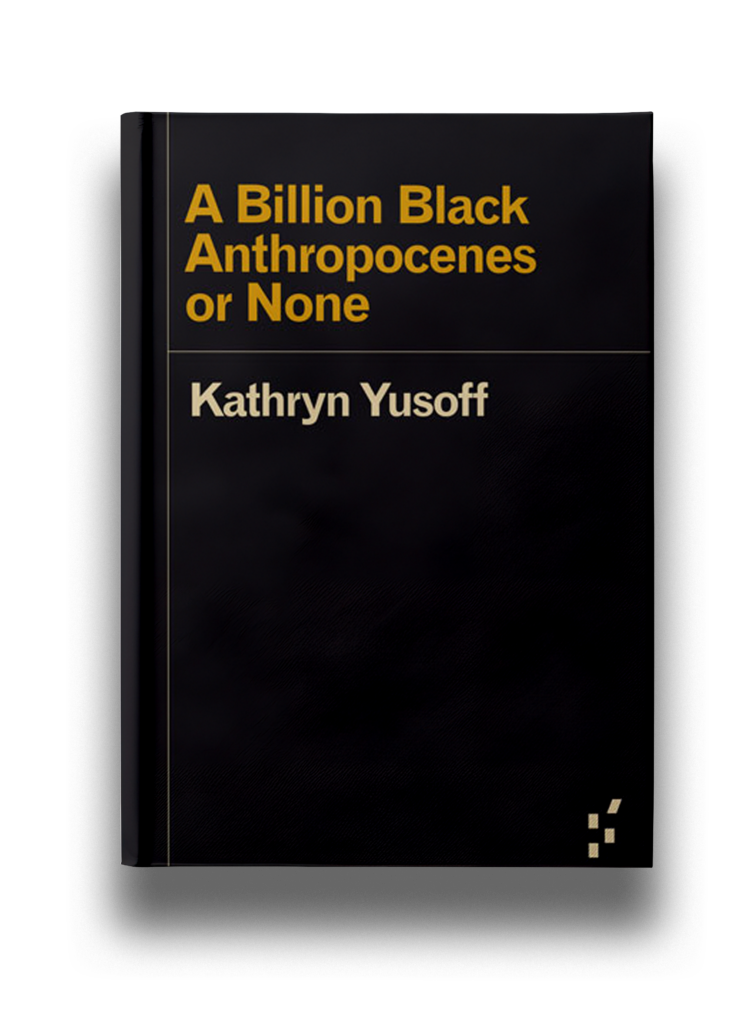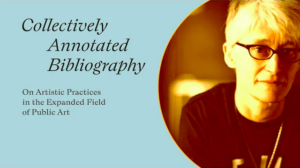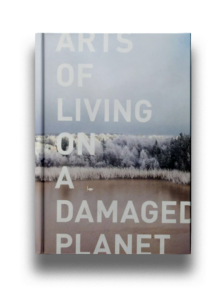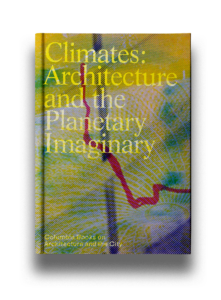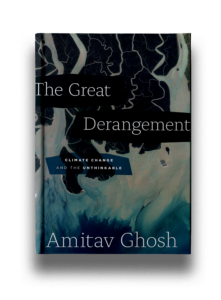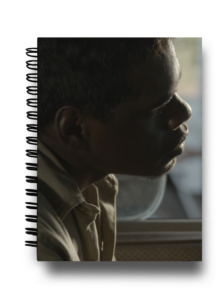Year
2019
Publisher
University of Minnesota Press
Author
Kathryn Yusoff
Annotation
From different ongoing Anthropocene discussions and theories, this short book drives a clear argument and claim about the relation between racism, colonialism and the effects of the Anthropocene. Anthropocene is highly gendered. Yusoff’s arguments are vital in understanding the terms and stages of the Anthropocene especially in understanding indigenous studies and landscapes. A Billion Black Anthropocenes or None has clear arguments that may help art practices on decolonisation in various indigenous territories that strongly relate to non-human worlds.
Pelin Tan
The very 'matter' of territorial impulse that materiality comprised the Anthropocene is anti-Blackness; it is racialized matter that delivers the Anthropocene as a geological event into the world, through mining, plantations, railroads, labor and energy.
